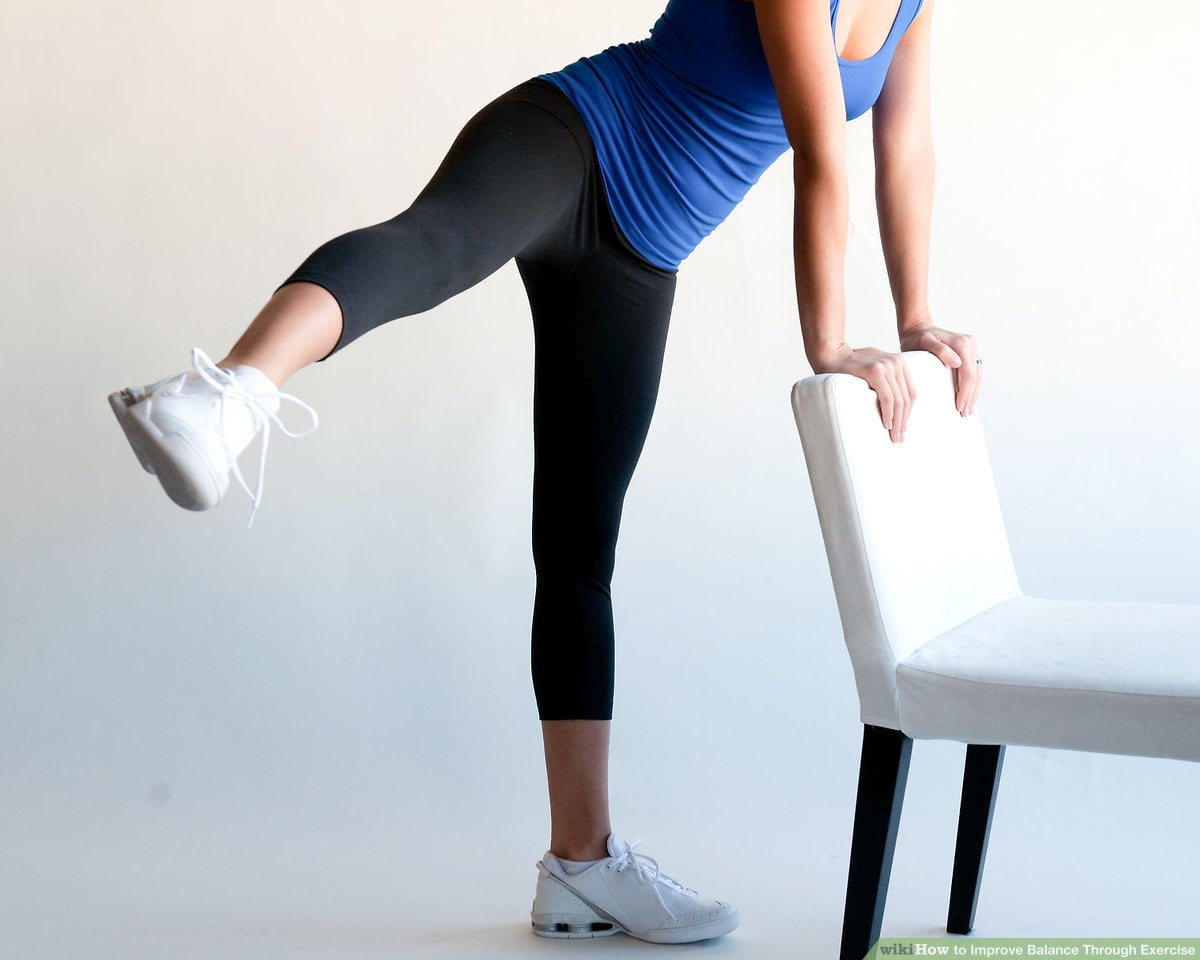Hi All,
After a sneaky week off, we’re back with another Move Better Monday Blog. Today’s topic is balance and exercise!
Balance is defined by the Oxford Dictionary as an even distribution of weight enabling someone or something to remain upright and steady. As we age, issues with balance become common; in fact, you, or someone you know is likely experiencing, or going to experience balance issues in the future. Some of the causes of poor balance and balance disorders can include muscle weakness and imbalance, inner ear/vestibular problems, neurological conditions and low blood pressure. Some symptoms of balance disorders might include:
- Falling
- The feeling that you might be about to fall
- Catching or dragging feet
- Dizziness
- Light-headedness or faintness
- Confusion or disorientation
Experiencing any of these symptoms may feel distressing or embarrassing, and over time can severely impact confidence. Poor balance may result in reduced independence, reduced mobility, social isolation and physical inactivity, increasing risk of developing lifestyle related health conditions such as diabetes and other metabolic conditions, cardiac diseases, respiratory diseases and mental health conditions.
If you are concerned that you might have a balance issue, here are some questions you might ask yourself.
- Do I feel unsteady?
- Do I lose my balance and fall?
- Do I feel as if I’m falling?
- Do I feel as if the room is spinning?
- Do I feel light-headed or as if I may faint?
- Do I experience blurred vision?
Depending on the cause of the balance problem, there may be various ways to help treat and improve balance and confidence associated with mobility. Your first point of call might be to discuss your balance and associated concerns with your GP to ensure that there is no medical cause. Once you have received advice from your GP, your next stop may be to see an Exercise Physiologist (EP). Exercise is a fantastic tool to improve balance, and some of the mobility related causes of poor balance such as muscle weakness and imbalances, and reduced mobility.
An EP will commence your journey to better balance by assessing your current balance, and lower body strength and endurance. They will then prescribe you with an individualised exercise plan aimed at improving your balance, or the cause of your poor balance, and improving your mobility confidence. Depending on what it is that your EP recommends for your specific needs, your exercise program may have a combination of balance specific, resistance/strength based exercise, and some form of walking or mobility specific exercise. Howe et al. (2011) conducted a review of 94 studies testing the effects of exercise intervention on balance in older people, and found that more effective exercise programs were conducted a minimum of three times per week for at least three months, and involved dynamic exercises in standing.
Some exercises that might be included in a balance focussed exercise plan are:
- Tandem or semi-tandem walking
- Sit to stands or box squats
- Step ups or stairs
- Walking/marching
- Reactive balance activities – eg. Ball throwing/catching with feet together to reduce base of support
- Star Excursion balance exercise
Feel free to incorporate some of these exercises into your exercise sessions to help improve your balance. Please note that these exercises are in no way intended to replace an individualised, therapist prescribed exercise regimen. For advice or recommendation for your specific circumstances please chat to your GP or exercise specialist.
References:
Howe TE, Rochester L, Neil F, Skelton DA, Ballinger C. Exercise for improving balance in older people. Cochrane Database of Systematic Reviews 2011, Issue 11. Art. No.: CD004963. DOI: 10.1002/14651858.CD004963.pub3.



